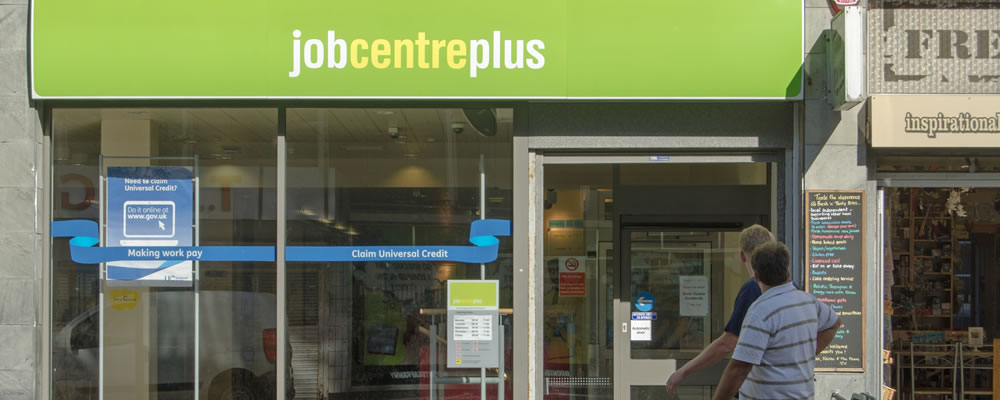Rising UK Unemployment Fails to Prevent Pound Euro (GBP/EUR) Exchange Rate Gains
A smaller-than-expected uptick in the UK unemployment rate helped to keep the Pound to Euro (GBP/EUR) exchange rate on a positive footing.
As the unemployment rate clocked in at 4.9% in October, rather than the forecast 5.1%, this limited the data’s negative impact on demand for Pound Sterling (GBP).
Even so, the number of UK redundancies hit a record high in the August-October quarter, highlighting the ongoing negative impact of the Covid-19 crisis.
Investors also took encouragement from the prospect of the UK and EU approaching a deal in their ongoing trade talks, giving the GBP/EUR exchange rate a fresh boost.
As the possibility of a deal appeared to increase, driven by positive comments from Ireland’s Foreign Minister Simon Coveney, the mood towards the Pound remained distinctly positive.
Softer UK Inflation Rate Forecast to Weigh on GBP/EUR Exchange Rate
However, the Pound may struggle to hold onto its bullish trend in the days ahead as forecasts point towards a weaker UK consumer price index.
With the headline inflation rate looking set to ease from 0.7% to 0.6% on the year the case for sustained Bank of England (BoE) dovishness appears on course to grow further.
Evidence that inflationary pressure failed to pick up in November may encourage BoE policymakers to take a more dovish outlook at their December policy meeting.
This could see the GBP/EUR exchange rate shedding ground ahead of Thursday’s policy announcement, even though no change in monetary policy seems likely at this stage.
As long as the central bank remains open to the possibility of further monetary loosening to come in the months ahead support for the Pound may weaken.
However, market optimism over the possibility of the UK and EU imminently reaching a trade agreement could also help to keep a floor under GBP exchange rates in the days ahead.
Euro Vulnerable to Negative Eurozone Services PMI Performance
Support for the Euro (EUR) could pick up, on the other hand, if the latest set of Eurozone manufacturing and services PMIs show signs of improvement.
As the service sector has remained trapped in a state of contraction for the previous few months another sub-50 reading could put pressure on EUR exchange rates, though.
Signs that the ongoing Covid-19 crisis continued to weigh heavily on the service sector, dragging it deeper into a state of decline, would give investors incentive to sell out of the single currency.
Even if the manufacturing sector can still demonstrate robust growth anything short of a significant monthly expansion in sector activity is unlikely to outweigh the impact of another negative services reading.
The growing odds of a negative fourth quarter Eurozone gross domestic product may well offer the GBP/EUR exchange rate a solid boost on Wednesday.



